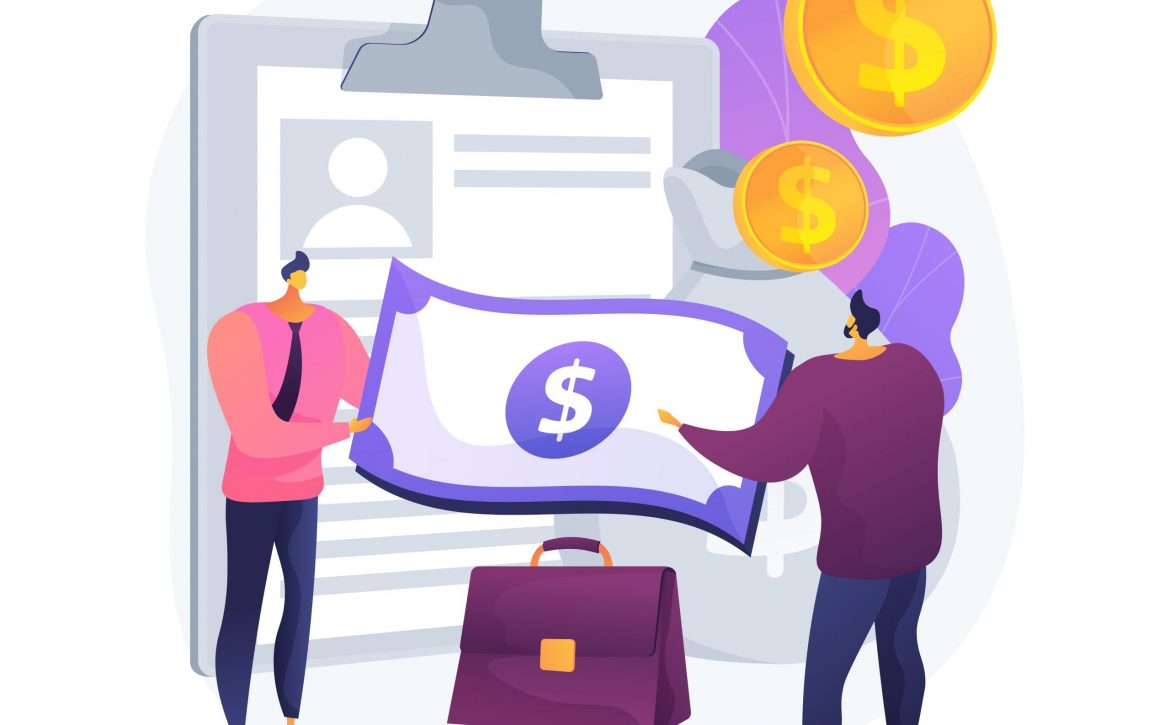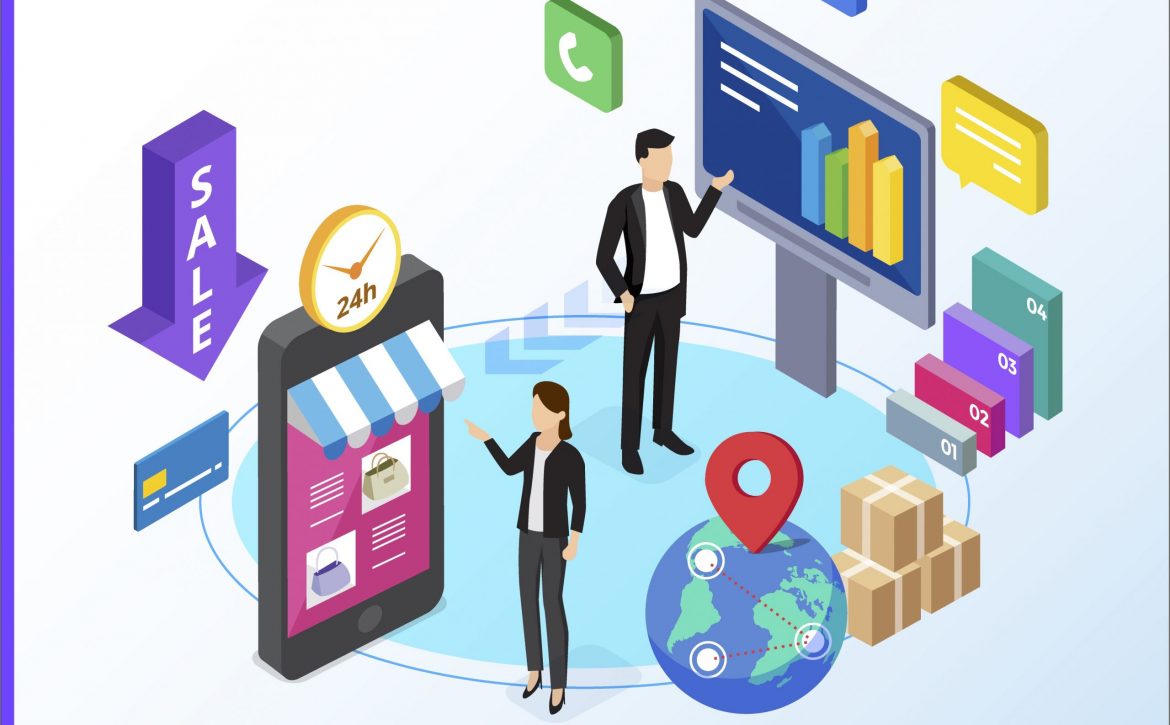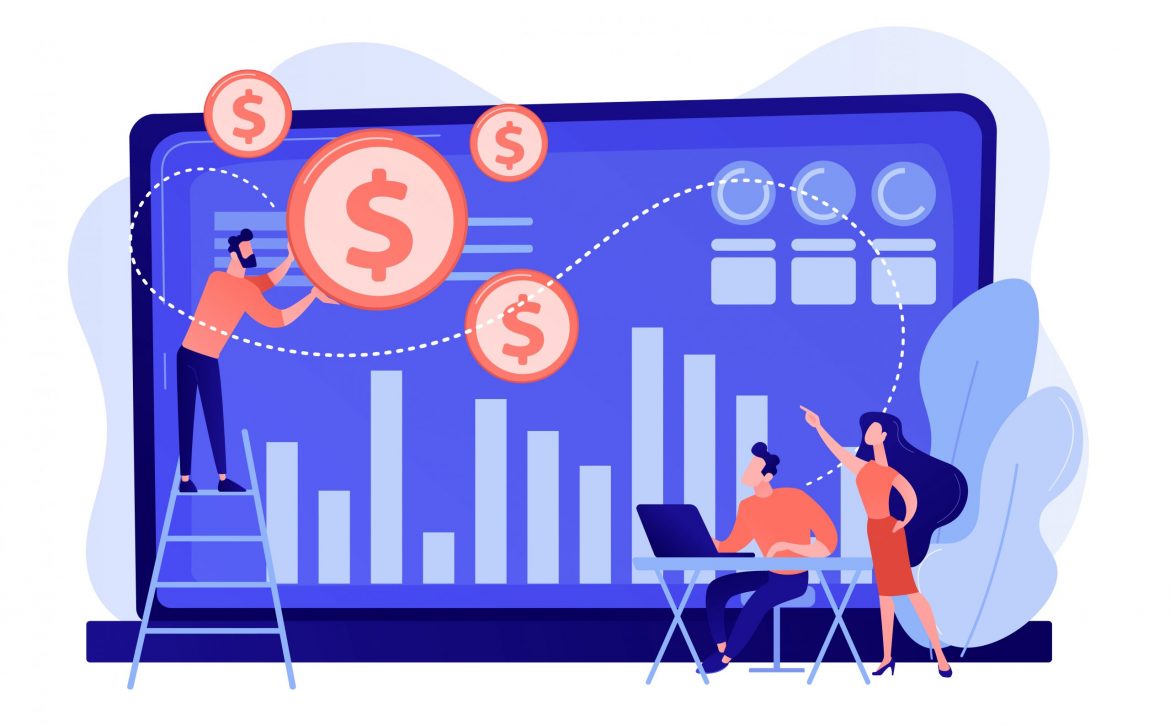Embedded Credit – A great lever for B2B e-commerce platforms
Merchants & retailers rely on credit to run and grow their businesses and expand their customer base. Easy access to credit, facilitated by embedded finance, enables merchants to purchase more stock, widen their product portfolio, respond to fluctuating demand, buy high-value SKUs (which could be slow-moving), and increase the space and assets in their store. Embedded Finance has shown to double the Average Order Value and Customer Lifetime Value for B2B E-Commerce platforms, depending on the sector (whitegoods, groceries, pharma, apparel, etc).
Embedded Credit is basically when non-financial companies offer their customers access to credit through their technology platform. Popular examples in India are Khatabook, Arzooo etc. who are facilitating working capital loans to their partner merchants/retailers. Embedded finance also enables banks, insurers, and wealth management companies to form valuable partnerships to distribute their products and services. According to one Forrester report 2020, embedded finance is touted to be a USD 7 trillion opportunity globally by 2030.
Very few merchants are approved for loans by formal channels and have to acquire credit from informal sources. Such credit is either too small to have an impact or offered at terms that don’t facilitate their growth in the long term. B2B E-Commerce platforms that have the ability to offer credit can relieve these bottlenecks for merchants and unlock growth for both, their merchants and themselves.
So how do B2B e-commerce platforms facilitate embedded credit?
Digital platforms catering to merchants and distributors can offer tailored credit products in-context at the point of demand creation on their platform. Few examples of fintechs operating in this space and facilitating embedded credit options are retail-tech Arzooo, Accounting-tech Khatabook to name a few. Please find an illustrative flow chart for better understanding.

Advantages for all the parties involved
Lender Partner |
B2B E-commerce Marketplace |
Retailer Partner |
|
|
|
The key in this scenario is to provide tailored credit products as part of the digital platform.
Line of Credit |
Merchant Cash Advance |
Working Capital Loans |
| Fulfil demand hikes due to seasonality & festivals | Merchants can meet their short-term liquidity requirements from lender partners wherein the lender partner settles the outstanding invoice amount with the supplier | Avail working capital loans from lender partners of the B2B platform to meet contingencies, better manage cash flows & expand their business |
Why Embedded Finance?
Embedded Finance Infrastructure natively enables credit for all merchants within a B2B E-Commerce platform. It handles the end-to-end lending flow, including the customer journey, loan offer generation, lender partnerships, and third-party integrations, repayment etc.
Digital lending platform |
Increased approval Rates |
Best Loan Offers |
Customised Credit products |
| Intuitive UI/UX for each stage of the loan lifecycle – loan application, post-approval & post disbursal. The loan application process is completely mobile app native. | Embedded Finance combines lending expertise, alternative data writing and data from the B2B e-comm platform to credit score & underwrite merchants & approve more disbursals. | Embedded Finance connects digital platforms to a large and diverse lender network which ensures that your merchants get the best loan offers and have a high probability of being approved. | Embedded Finance enables platforms to innovate, evolve & tailor credit products to serve the various use-cases of customers in deep collaboration with the anchor platform. |
In conclusion
Ultimately, Embedded Finance enables digital platforms to leverage their unique position to help their merchants. It empowers B2B E-Commerce businesses to innovate for their customers, offer effective credit products, and provide credit to customers who otherwise wouldn’t be able to access it. This sharply accelerates their own growth and the growth of their retail partners.






